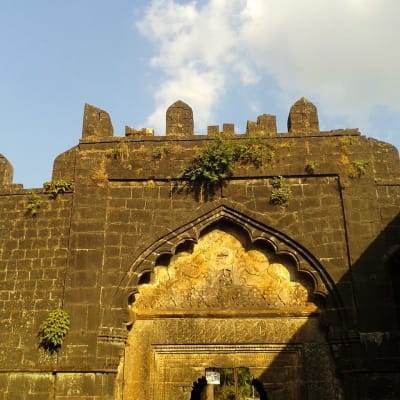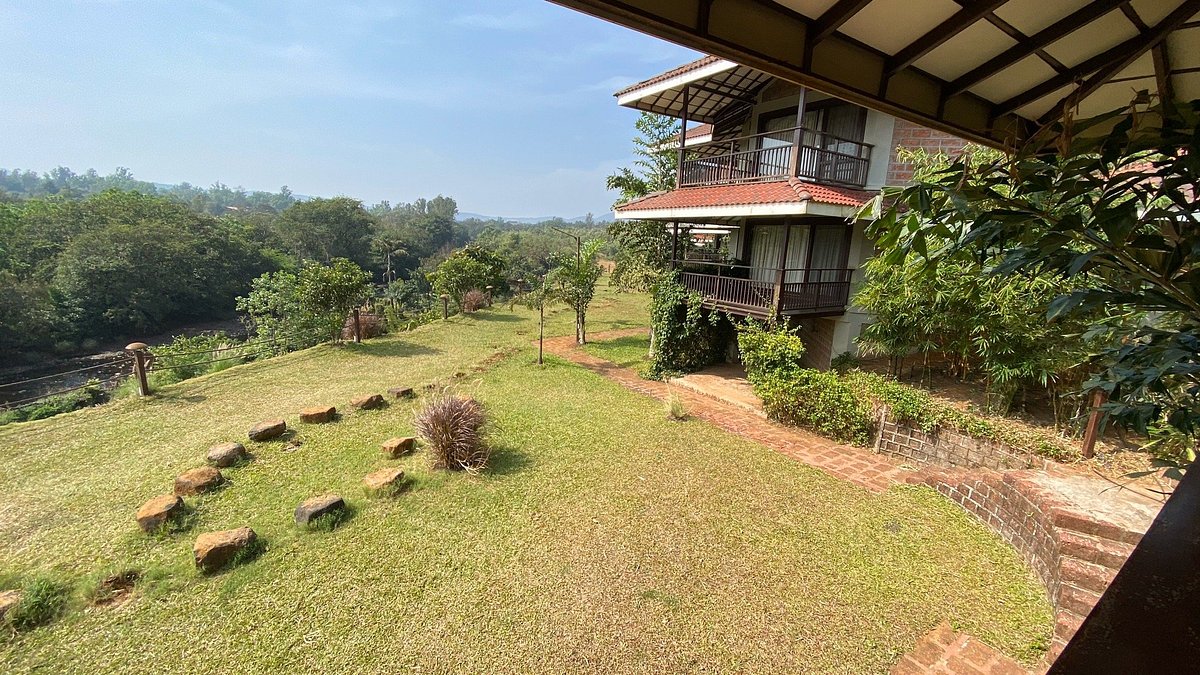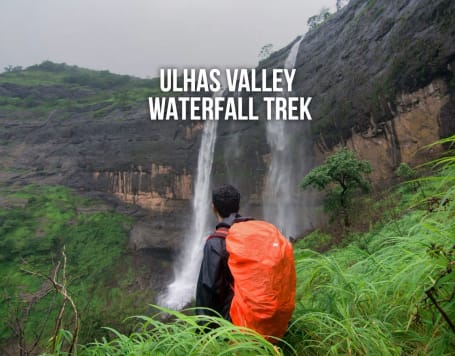It includes almost 7 kilometres of walls and three enormous double-walled gates that provide complete defence. The fortifications look over the lush Sahyadri mountains. Panhala Fort's entire perimeter is dotted with parapets, walls, and bastions that are decorated with images of the various dynasties that have ruled over the fort, including the Marathas, British, Mughals, and others. Raja Bhoja laid the foundation for the old Panhala Fort in the final decades of the 12th century. It was built between 1178 and 1209 AD, and the Marathas later modified it. The great Maratha monarch Shivaji and the Queen Regent of Kolhapur, Tarabai, resided in the Indo-Islamic style fort, which is well-known for its significance.
To fully appreciate the intricate details of the biggest fort in the Deccan, Andhar Bhavadi is one of the most important elements that must be observed. Adil Shah made sure there was a fort within the fort when he ordered the addition of the massive defences in case there was an emergency. Along with housing, military posting areas, and escape routes heading outside the fort, Andhar Bavadi, also known as the Hidden Well, was a three-story building that kept the fort's primary water source hidden from the besieging attackers and guarded it against poisoning. This served as the fort's secondary firewall to the main area.
In order to properly run his dominion, King Bhoja II of Shilahara and 15 other individuals constructed Panhala Fort between 1178 and 1209 BCE. Since then, the fort's ownership has frequently changed due to its geographic and political importance. The Singhania family, the most powerful Devgiri Yadava family after Bhoj Raja, acquired control of the fort. It was afterwards given to the Bahamanis of Bidar as one of their strongholds in the 1400s. The Adil Shahi Sultanate of Bijapur constructed the majority of the significant defences as well as the intricate ramparts and bastions, likely over the course of more than a hundred years in the 1500s. The authority of Ibrahim Adil Shah is mentioned in numerous inscriptions on the fort's walls. Chhatrapati Shivaji, a legendary Maratha warrior and ruler, took control of the Panhala fort in 1659 when Bijapur leader Afzal Khan was killed by the Marathas. The fort prospered under his administration for almost 20 years until his passing. In the centre of the fort, a 52 tonne bronze statue has been built to honour the all-powerful ruler.































































